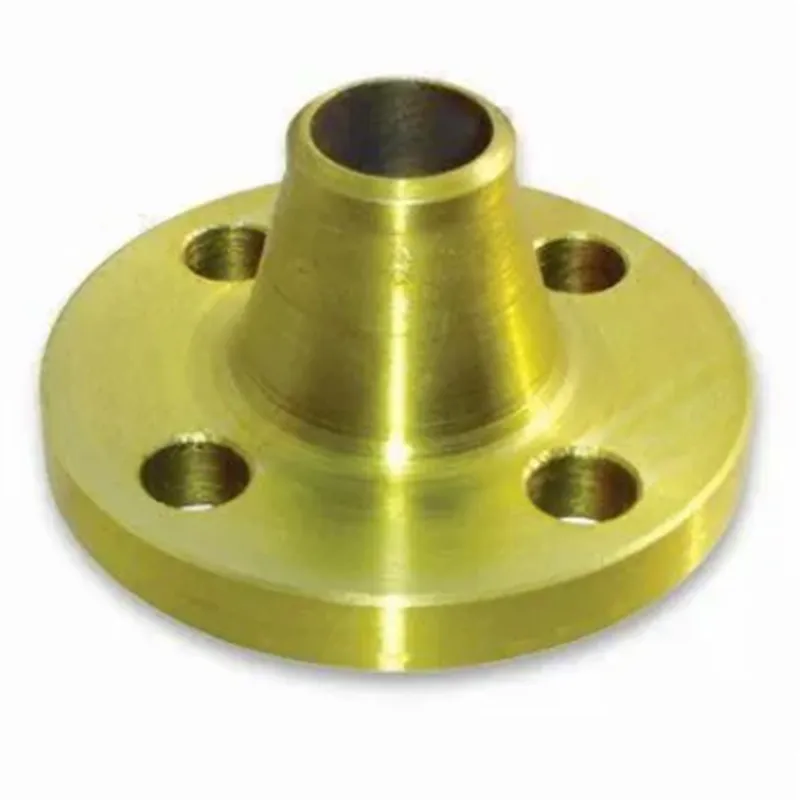-
Cangzhou Yulong Steel Co., Ltd.
-
Phone:
+86 13303177267 -
Email:
admin@ylsteelfittings.com
- English
- Arabic
- Italian
- Spanish
- Portuguese
- German
- kazakh
- Persian
- Greek
- French
- Russian
- Polish
- Thai
- Indonesian
- Vietnamese
- Zulu
- Korean
- Uzbek
- Hindi
- Serbian
- Malay
- Ukrainian
- Gujarati
- Haitian Creole
- hausa
- hawaiian
- Hebrew
- Miao
- Hungarian
- Icelandic
- igbo
- irish
- Japanese
- Javanese
- Kannada
- Khmer
- Rwandese
- Afrikaans
- Albanian
- Amharic
- Armenian
- Azerbaijani
- Basque
- Belarusian
- Bengali
- Bosnian
- Bulgarian
- Catalan
- Cebuano
- China
- China (Taiwan)
- Corsican
- Croatian
- Czech
- Danish
- Esperanto
- Estonian
- Finnish
- Frisian
- Galician
- Georgian
- Kurdish
- Kyrgyz
- Lao
- Latin
- Latvian
- Lithuanian
- Luxembourgish
- Macedonian
- Malgashi
- Malayalam
- Maltese
- Maori
- Marathi
- Mongolian
- Myanmar
- Nepali
- Norwegian
- Norwegian
- Occitan
- Pashto
- Dutch
- Punjabi
- Romanian
- Samoan
- Scottish Gaelic
- Sesotho
- Shona
- Sindhi
- Sinhala
- Slovak
- Slovenian
- Somali
- Sundanese
- Swahili
- Swedish
- Tagalog
- Tajik
- Tamil
- Tatar
- Telugu
- Turkish
- Turkmen
- Urdu
- Uighur
- Welsh
- Bantu
- Yiddish
- Yoruba

Dec . 11, 2024 10:00 Back to list
Understanding the Basics of Butt Welded Joints in Metal Fabrication
The Fundamentals of Buttwelding Techniques, Applications, and Benefits
Buttwelding, also known as butt welding, is a widely utilized welding process that joins two pieces of metal together in a single plane. This technique has emerged as a fundamental practice in various industries due to its efficiency, strength, and versatility. Understanding the principles, techniques, applications, and benefits of buttwelding is essential for anyone involved in metal fabrication and construction.
Principles of Buttwelding
At its core, buttwelding involves the alignment of two adjacent workpieces, typically of the same thickness and material, so that their edges are in contact. Heat is then applied to melt the metal at the joint, allowing the two pieces to fuse together. The most common sources of heat in buttwelding are electric arc, gas flame, or resistance heating. Once the weld has cooled, the result is a seamless bond that can often be as strong as or stronger than the base materials.
The process begins with preparing the metal surfaces to ensure that they are clean and free from contaminants such as rust, oil, and dirt. Proper preparation is crucial for achieving a high-quality weld. Furthermore, the edges of the metal pieces may be bevelled to enhance penetration and fusion, especially when working with thicker materials.
Techniques of Buttwelding
There are several techniques employed in buttwelding, each suited to specific applications and materials. The most common methods include
1. Arc Welding This method uses an electric arc to produce heat. It's primarily used for thick metals and offers a strong bond. Variations include Shielded Metal Arc Welding (SMAW) and Gas Tungsten Arc Welding (GTAW).
2. Gas Welding Utilizing a flame produced by burning a mixture of oxygen and fuel gas, this method is often applicable for lighter metals and thinner sheets. It's less common for heavier materials but remains useful in certain contexts.
3. Resistance Welding In this technique, electrical resistance generates heat at the joint. Spot welding and seam welding are key examples, particularly in automotive manufacturing.
buttwelded

4. Laser Beam Welding This modern technique employs laser beams to create a highly focused, intense heat source, perfect for automating production processes and achieving deep penetration with minimal distortion.
5. Electron Beam Welding Similar to laser welding, this method uses a high-velocity electron beam in a vacuum environment, allowing for precise and strong welds, typically used in aerospace applications.
Applications of Buttwelding
The applications of buttwelding are diverse, spanning multiple industries. In the construction sector, buttwelding is crucial for joining structural steel beams and pipes. The oil and gas industry relies extensively on buttwelding to fabricate pipelines that must withstand high pressures and extreme temperatures.
Additionally, buttwelding plays a critical role in the manufacturing of automotive components, where strong and durable joints are necessary for both safety and performance. In the aerospace field, where weight and strength are paramount, buttwelding is often the technique of choice for constructing airframes and other critical components.
Benefits of Buttwelding
The advantages of buttwelding are numerous. First and foremost, the strength of the weld joint meets or exceeds that of the base materials, providing structural integrity. Additionally, buttwelding can be performed on various materials, including steel, aluminum, and thermoplastics, making it a versatile option.
Cost-effectiveness is another significant benefit; once setup is complete, buttwelding can be a fast process, reducing labor costs and production time. Furthermore, with the advancement of technology, automated buttwelding processes have emerged, further increasing efficiency and consistency in quality.
In conclusion, buttwelding is an essential technique in metalworking with a wide array of applications across industries. Its ability to create strong, durable bonds makes it invaluable in modern manufacturing and construction. Understanding this welding method enhances not only the capabilities of those in the field but also contributes to the overall advancement of engineering technologies.
Latest news
-
ANSI 150P SS304 SO FLANGE
NewsFeb.14,2025
-
ASTM A333GR6 STEEL PIPE
NewsJan.20,2025
-
ANSI B16.5 WELDING NECK FLANGE
NewsJan.15,2026
-
ANSI B16.5 SLIP-ON FLANGE
NewsApr.19,2024
-
SABS 1123 FLANGE
NewsJan.15,2025
-
DIN86044 PLATE FLANGE
NewsApr.19,2024
-
DIN2527 BLIND FLANGE
NewsApr.12,2024
-
JIS B2311 Butt-Welding Fittings LR/SR 45°/90° /180°Seamless/Weld
NewsApr.23,2024











